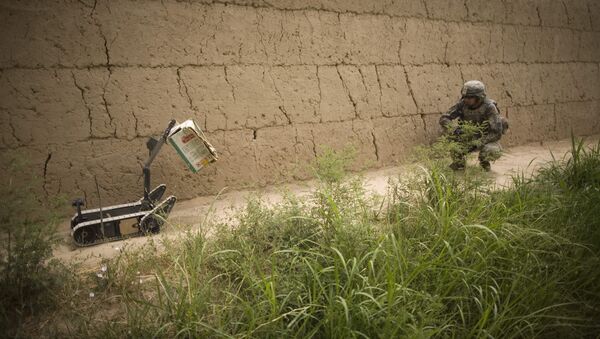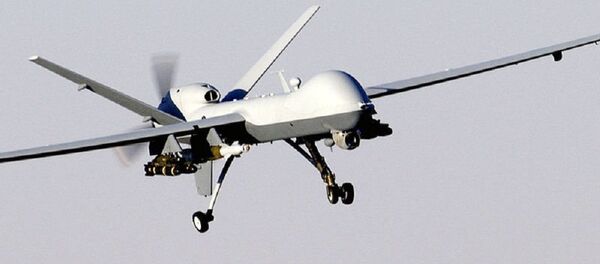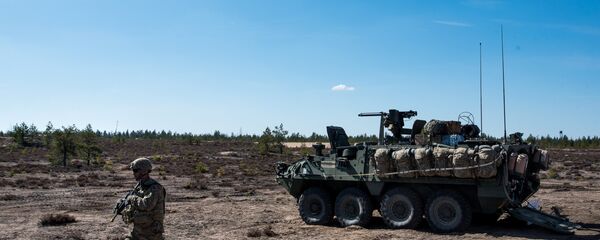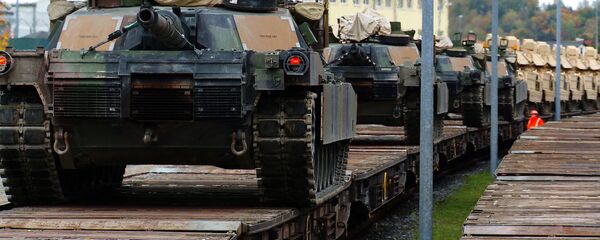Carried along by the push across America’s Armed Forces to stay ahead of enemy battlefield technology and changing nature of future threats, the Marines are hoping moving away from some of the traditional processes of development and procurement will help get cooler tech into their hands, faster.
The Marines are especially interested in evolving their ship-to-shore maneuver tactics, USNI News reports, and is hoping to do that by fast-tracking prototype development through its Ship to Shore Maneuver Exploration and Experimentation Task Force (S2ME2 TF). The task force, first established in August, sent an invitation October 11 to industry and academic developers to bring their amphibious combat technologies for the armed forces to check out.
The notice called for "new operational concepts and technologies/innovations that will advance the USMCs Ship to Shore Maneuver Warfare concept of operation." Ideas will be received until October 31. Then there will be an industry-government workshop in November, the Marines will pick their new technologies in December, and battlefield-simulation testing will begin in April 2017.
The idea is to get around the lengthy, traditional development and procurement processes by instead getting soldiers and techs together at all stages of the process to swap ideas, according to Breaking Defense. "The commandant wants us to go faster. The hill wants us to go faster. Everyone wants us to go faster … with our acquisition process (and) rapid prototyping," said Lieutenant General Robert Walsh, deputy commandant for combat development, Breaking Defense reported. “The pressure to go faster because the threat is driving us to go faster.”
The S2ME2 TF builds upon recent similar efforts by the Navy and Marine Corps. In August, the Naval Undersea Warfare Center Division in Newport hosted an Annual Technology Exercise during which 30 technologies at different stages of development presented.
John Burrow, deputy assistant secretary for the Navy for Research, Development, Test and Evaluation told reporters at the event that "it was exciting because you had both government and industry; you had ideas that had been matured but had been on the shelf that had an opportunity to demonstrate some capabilities, but you also had some emerging concepts that really started to spawn other ideas on the Navy side on how we need to move forward," according to USNI News.
In July, a similar event organized by the Marine Corps, the Marine Air-Ground Task Force (MAGTF) Integrated Experiment 2016, let Marines get their hands on number of new technologies to see where and how they might be useful.
By bringing heads together at so many different stages of development, it will add "speed at the concept, requirements and technological feasibility phase," Burrow said, USNI News reported.
The Marine Corps is looking in particular for answers to the proliferation of long-range smart weapons, and the electronic brains that control them. The US has for some decades enjoyed global dominance in long-range precision striking capability – but with more countries acquiring or developing comparable technology, the US must consider now how to fight the very weapons that safeguarded their preeminence.
Often, it seems, this will mean sending in robots to make way for men. For the navy, this means creating small remote controlled boats that can search out mines, or refitting the existing robots so crucial to land-based bomb control squads so they can operate in water, Breaking Defense reports, or robotic supply trucks that use self-driving technology being developed by private civilian organization. In July the Marines were testing their Modular Advanced Armed Robotic System, which is packed with sensors and cameras, but which can also be armed with an M240 machine gun. There are robots to detect chemical and biological weapons, and the Navy's LOCUST (Low-Cost UAV Swarming Technology) program to swarm enemy aircraft.
Much of this seems to be in service of avoiding a sort of modern day trench warfare nightmare, in which soldiers hunker in trenches just beyond an ever-extending range of fire.





